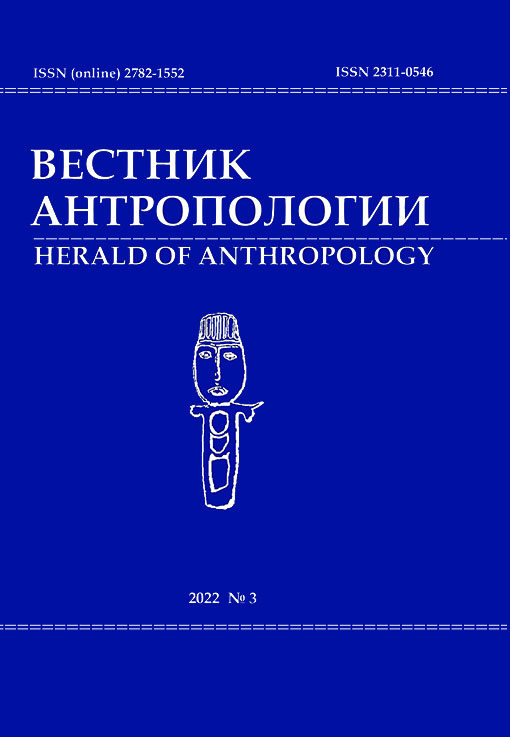Anthropological Investigation: Skulls from Papier-Mache in German Collections
10.33876/2311-0546/2022-3/306-321
Abstract
Anthropological collections in scientific centers and museums are extensive all over the world. The history of their origin is usually quite similar: since the XIX century, these collections have been appearing and growing in different parts of the world. Unfortunately, the archival data is not always recorded accurately enough, so it can be rather difficult to trace the transfer of anthropological materials to foreign collections. This article discusses the origin and circumstances of acquisition of a skull copy from South America, found in the storage of the Institute of Anatomy of the Rostock University Medical Center (Germany). In addition, it provides the data concerning the production and transfer of copies from different parts of the world. This investigation was inspired by the replicas made of papier-mâché, an unusual material for making anthropological copies. The article reveals documents that describe the joint activities of Russian and European anthropologists, and the key figure in it is Russian anthropologist Anatoli P. Bogdanov. It also focuses on recreating the methods of making skull replicas applied by Russian anthropologists at that time. The article is based on the authors’ original research for the German scientific journal DAS ALTERTUM.





















